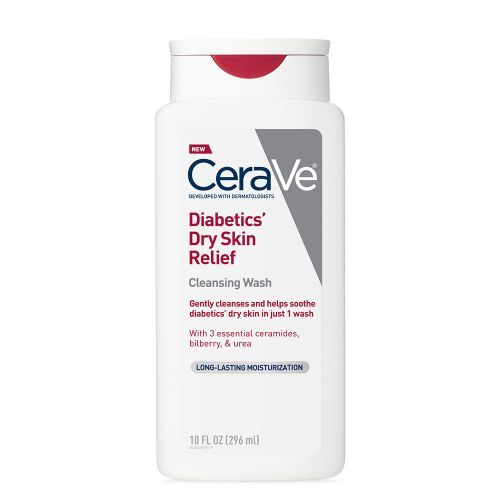We all know that we need to eat healthier. We also know that we need to limit how much soda, juice, processed foods, sugars that we consume. But even though we know these things, it doesn’t mean that it is as easy to follow.
According to a recent food and health survey done by Psychology Today, 52 percent of Americans believe that it is easier for them to figure out their taxes than to figure out how to eat healthily. Plenty of people have trouble with the current tax code, which means even more people are having trouble figur in out how to eat a diet that is good for them.

We live in a country that is fighting a battle with obesity. More than a third of the population in the United States is considered obese, and many are also considered overweight. However, these statistics do not show the complete picture. Two out of three adults are considered overweight or obese, meaning that most people will fall into this category.
Why are these statistics so dismal? There are a lot of factors that contribute to obesity. One big culprit is the standard American diet. There has been a huge decrease in the quality of our diets as we went from a nation that relied on food from local farms to a nation that mass-produces most of our food. This transition has increased our food consumption because it is so readily available now.
In addition, many foods that are readily available and easy to eat are high in fat, sugars, and calories. All of these things contribute to added weight. From the sugary snacks that we find in the break room to all the fast food chains that are around us, the quality of food and the amount we eat has changed drastically. We can literally eat unhealthy foods non-stop if we wish, which is why obesity is so prevalent in our culture.
The first thing we should look at is the quantity of food that we are eating. The number of calories that each person needs varies from person to person. Factors include your genetics, activity level, overall health, height, age, and gender.
However, the benchmark number that is used on food labels is about 2000 calories each day. This number is already fairly high for those who live a sedentary life. It is also possible to eat 2000 calories or more in just one sitting if you go out to eat. While eating out quickly pushes us past calorie limits, it is also possible to eat more even when we eat at home. It is important to learn how to start eating what we need to function, rather than eating because something tastes good, or we are bored, tired, or sad.
To calculate the average amount of daily calories that are consumed by Americans, organizations examine the amount of food available per person as indicators for the amount of food that is consumed. Inside the United States, this ends up being around 3800 calories each day.
Even when you account for the fact that some of this food is wasted or discarded each day rather than consumed, the average American still consumes 2700 calories each day. This is way more than anyone will need, even if they are leading an active lifestyle, which many Americans are not.
Now, we need to also discuss the quality of the food that most Americans are eating. Growing up, most of us learn from our parents and teachers which foods are good and which ones are not. Fruits and vegetables are seen as good, and sugars and sweets are bad. The rest of the foods may not have been as good for you, but they were fine in moderation. Even though we were taught about healthy eating at a young age, in practice, it is much harder to follow this advice.
According to the U.S. Department of Agriculture, the top six sources of calories for most Americans are grain-based desserts, yeast bread, chicken, soda/sports and energy drinks, and alcoholic beverages. Note that healthy fruits and vegetables are not listed. Out of this top five list, most of the foods that Americans consume are refined grains and sugars. It is estimated that only 8% of the average American diet consists of fruits and vegetables.
According to a study done by the United States Department of Agriculture (USDA) in 2010, nuts, meats, and eggs make up 21% of these diets; oils and fats are 23%, and caloric sweeteners make up 15%. The food that is not that good for us makes up a good 61 percent of our diets.
The time of day that we eat can matter as well. Most Americans live a busy lifestyle, and they do not have the time to sit down and eat a well-balanced meal. Instead, they eat on the go, usually at some place that is unhealthy, or they eat at night when their metabolisms are slower. In addition, many Americans are sitting on the couch and eating unhealthy snack foods while watching television. Sometimes food is so abundant that we eat non-stop.
It is important to learn the necessary steps to limit how much food we are taking in each day. It is tempting to eat foods that are easily available. But, if you want to regain your health and stay in good shape, it is important to step away from the typical American diet and choose something that is healthier and better for you.
When you hear about fasting, you might think of people who go for weeks without eating due to religious reasons. You might think that it is unhealthy or that you won’t be able to do it since you love food too much. But intermittent fasting is different from religious fasting, although they do share some common ideas.

Intermittent fasting is about restricting your calorie intake during certain parts of the day or not eating as much on certain days. Your body still gets the nutrients it needs, but you eat fewer calories, therefore making it is easier to lose weight.
The reason why this diet is successful is that it is effective at reducing theamount of fat that is in your body as well as the number of calories that you are consuming. Since you are reducing the time frame in which you are allowed to eat or lowering your calorie intake during certain days of the week, it is much easier to lower the calorie count overall.
You can also choose how long you would like to do the intermittent fast. Some people choose to do it for a month or more while others fit it into their lifestyles, so they stick with it long term.
RELATED POSTS
Why does
intermittent fasting work?
Basic Tips for
Intermittent Fasting
Why Should I Try
Intermittent Fasting?
The Basics of Eating on an Intermittent Fast
Using The Ketogenic Diet With Intermittent Fasting
Around the Web


































